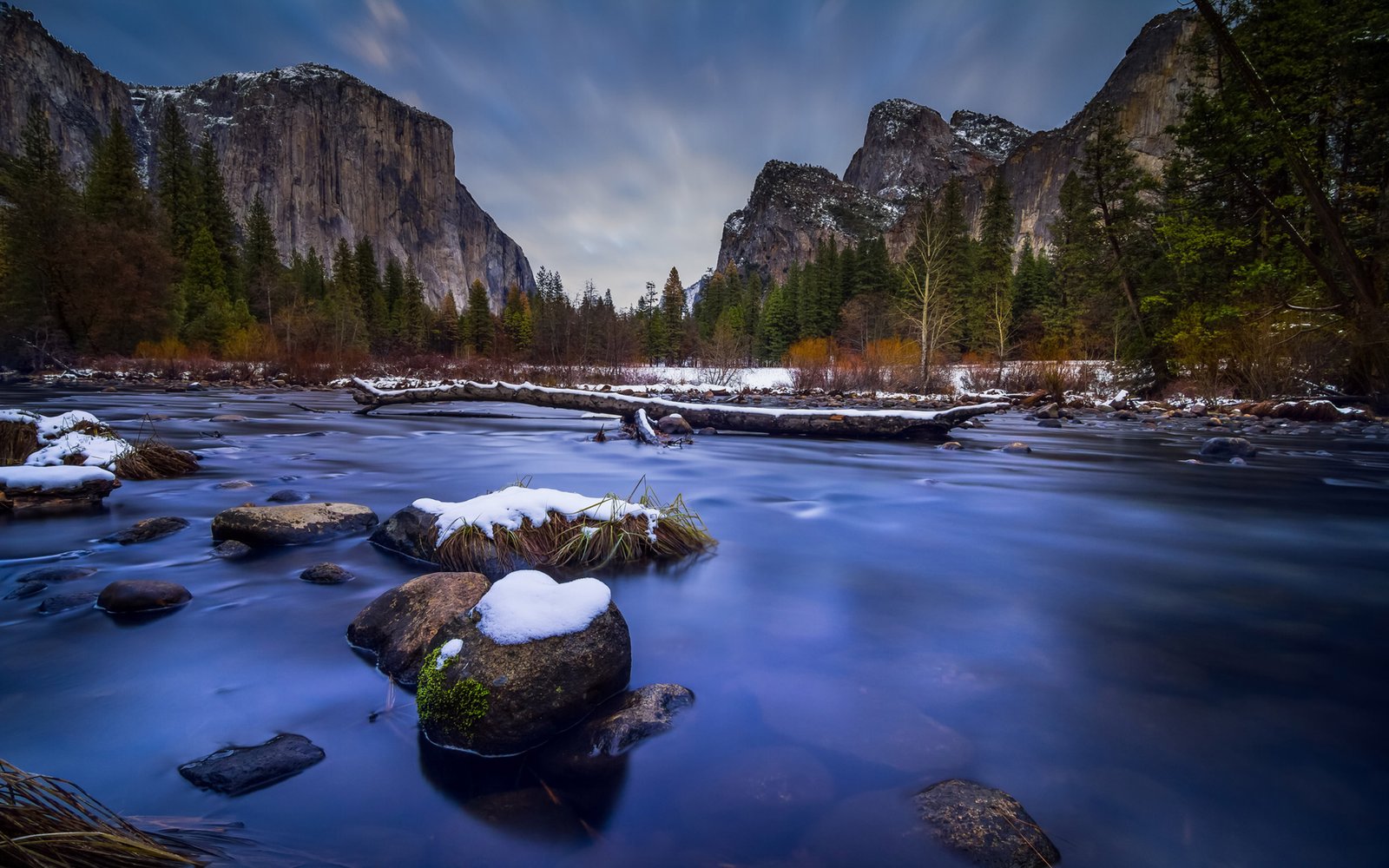


The fixed manila ropes allowed the climbers to ascend and descend from the ground throughout the 18-month project, although they presented unique levels of danger as well, sometimes breaking due to the long exposure to cold temperatures. The Nose was climbed in 1958 by Warren Harding, Wayne Merry and George Whitmore in 47 days using "siege" tactics: climbing in an expedition style using fixed ropes along the length of the route, linking established camps along the way. These forces contribute to the creation of features such as the Texas Flake, a large block of granite slowly detaching from the main rock face about halfway up the side of the cliff. Nonetheless, as with most of the rock forming Yosemite's features, El Capitan's granite is under enormous internal tension brought on by the compression experienced prior to the erosion that brought it to the surface.
EL CAPTAIN FREE
The El Capitan Granite is relatively free of joints, and as a result the glacial ice did not erode the rock face as much as other, more jointed, rocks nearby. Several periods of glaciation have occurred in the Sierra Nevada, but the Sherwin Glaciation, which lasted from approximately 1.3 MYA to 1 MYA, is considered to be responsible for the majority of the sculpting. Īlong with most of the other rock formations of Yosemite Valley, El Capitan was carved by glacial action. A separate intrusion of igneous rock, the Taft Granite, forms the uppermost portions of the cliff face.Ī third igneous rock, diorite, is present as dark-veined intrusions through both kinds of granite, especially prominent in the area known as the North America Wall. In addition to El Capitan, this granite forms most of the rock features of the western portions of Yosemite Valley.

Main article: Geology of the Yosemite areaĮl Capitan is composed almost entirely of a pale, coarse-grained granite approximately 100 MYA (million years old). There are many named climbing routes, all of them arduous, including Iron Hawk and Sea of Dreams. For climbers, the challenge is to climb up the sheer granite face. The top of El Capitan can be reached by hiking out of Yosemite Valley on the trail next to Yosemite Falls, then proceeding west. In this legend the translation means Measuring-Worm Rock. Tutokanula (another spelling) is found in the story The Two Bears as retold by Robert D. It is unclear if the Native American name referred to a specific tribal chief or simply meant "the chief" or "rock chief". El Capitán ("the captain", "the chief") was taken to be a loose Spanish translation of the local Native American name for the cliff, variously transcribed as "To-to-kon oo-lah" or "To-tock-ah-noo-lah" ( Miwok language). The formation was named "El Capitan" by the Mariposa Battalion when they explored the valley in 1851.


 0 kommentar(er)
0 kommentar(er)
